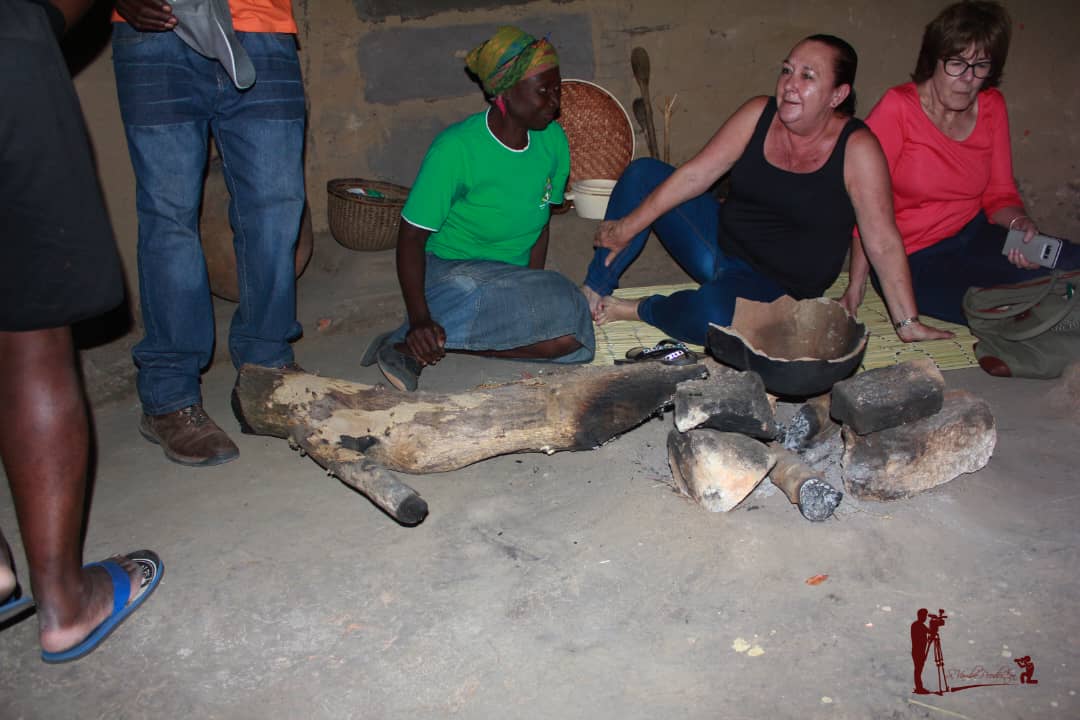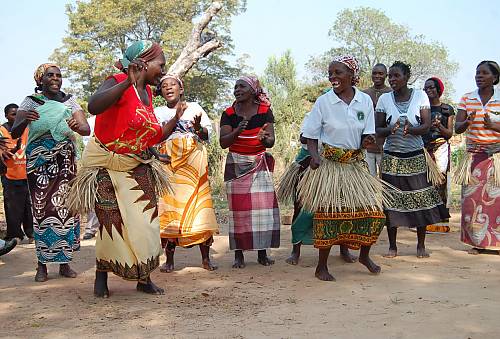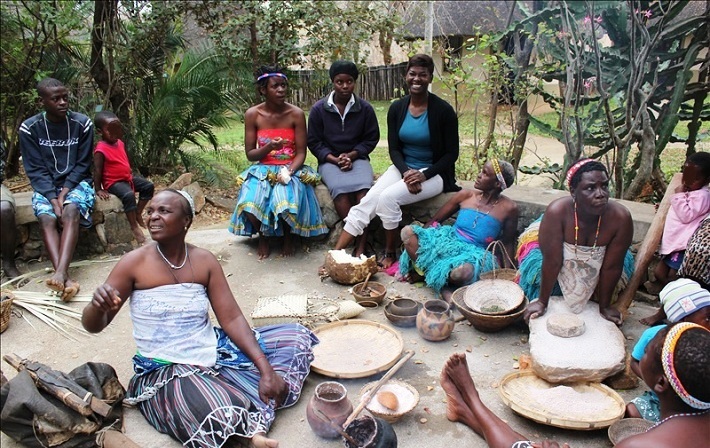Manicaland Correspondent
CULTURAL Tourism in simple terms can be described as travel in which the tourist is concerned with experiencing cultural environments.
The environment may include landscapes, visual and performing arts, lifestyle of local people, values, language, religion, traditions and events.
The cultural tourism concept was necessitated by the introduction of various culture groupings of which the main four: high culture, sub culture, popular culture and global culture has its own sub branches.

The high culture group, also termed as the “upper” class society is the main consumer of cultural tourism worldwide. Its only short coming (or strength) is that of being too reserved that it doesn’t allow the other cultures to enjoy or dilute its “elite” status.
Most African cultures fall in the sub culture category. The positive thing that people of sub culture have is understanding for each other and have many cultural similarities despite that politically, religiously and economically they might not be tolerating each other.
Socially, cultural tourism tends to break the hatred and xenophobia barriers and also promotes peace, friendship and understanding between the host destinations and the tourists. When it is marketed well, the concept of cultural tourism has both economical and social benefits.
Economically, the concept has promoted tourism at world scale. According to the World Travel & Tourism Council, a forum for business leaders in the Travel and Tourism industry, in 2014 alone, nearly 1.14 billion people worldwide crossed borders as tourists.
Tourism, directly and indirectly, contributed US$7.6 trillion to the total economy GDP (Gross Domestic Product). It also created 6.1 million jobs, thus 1 in every 11 jobs worldwide.
In Africa, despite the negative impact of Ebola on the sector, tourism performance in 2014 improved. The improvement was driven by stronger than expected performance in recovering of the Egypt political situation and international growth in other major destination markets.
In the same year in Zimbabwe, tourism, directly and indirectly, contributed US$1.44 billion which was 10.4% of the GDP. It generated 181,000 jobs directly which was 3.1% of total employment.
Cultural tourism also helps curb rural migration. Rural communities which have something to market in their culture have a sense of belonging in their environments and do not need to move to other areas for survival or well being.
Cultural tourism helps preserve the cultural and historical heritage to keep attracting visitors. The Karangas in Masvingo are a good example of people preserving their culture and heritage through marketing of the Great Zimbabwe (ruins). Their culture is kept alive as the locals exhibit it to tourists, be they local, regional or foreign.
Cultural tourism helps the host communities maintain and take pride in their identity. This is a case with the San people in Tsholotsho, the Tsonga/Xangani people in Chiredzi and Ndaus in Chipinge.
Some sections of the society tend to regarded them as somewhat primitive. Socialise and dine with them, you will find that they don’t see anything primitive about their culture and regard it as untapped.
Davy Ndlovu representing Tsoro-o-tso San Development Trust from Tsholotsho, during a presentation at Great Limpopo Cultural Fair in Chiredzi maintained that their community takes pride in its identity.
“We are very proud in every aspect of our life, especially the food and dressing. I wonder how people came to regard us primitive. How can the San culture be termed primitive? Primitive to whom in the first place?

“It is unfortunate that even some people in Zimbabwe don’t know that the San are existing in this country. We are inviting people from anywhere in the world to visit us and experience our culture. Thereafter, they shall appreciate than despise our culture,” said Ndlovu.
Herbert Hasani Pikela, the coordinator of Centre for Cultural Development Initiative in Chiredzi shared a similar sentiment.
“Our Tsonga/Xangani culture is so unique. I believe it’s one of the most marketable cultures in Zimbabwe. The Tsonga initiation and traditional fishing ceremonies are not found anywhere in the land.
“Our culture is known for wildlife conservation that our surroundings are plenty with the small five and the big five game. It only needs people to visit our area and enjoy what our culture can offer,” said Pikela.
Cultural tourism can be exploited to increase tourism revenue by attracting more tourists who have a direct interest in culture like scholars, students and religious delegates.
But does the government have a policy towards cultural tourism? The forthcoming article shall answer.
For feedback, follow @ ephraemsteve.











More Stories
Headlands Welcome Substantive Chief Chipunza- First Appearance.
Show of Power and Democracy As S.A Head To Polls, On May 29
CEO Africa Roundtable Conference, Hands On The Deck